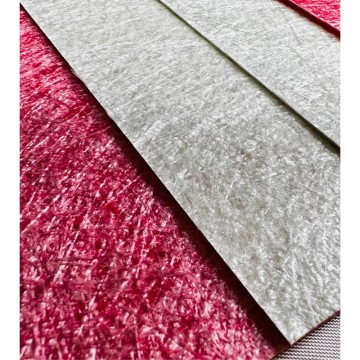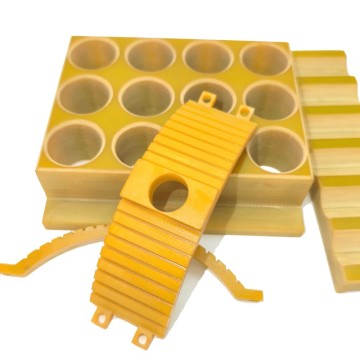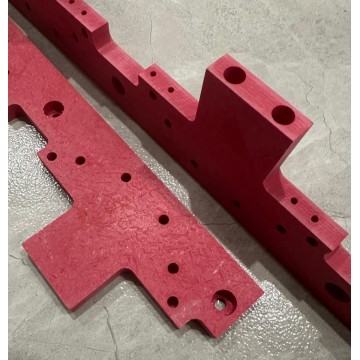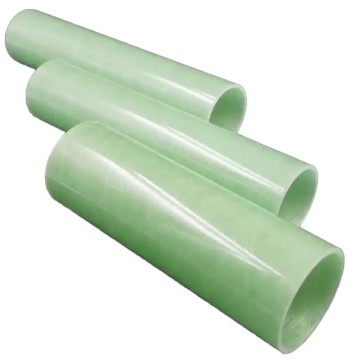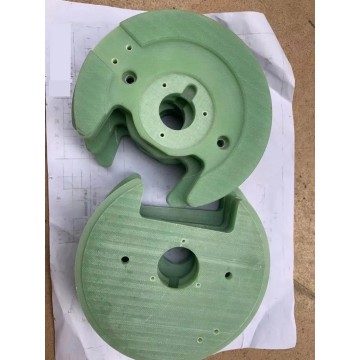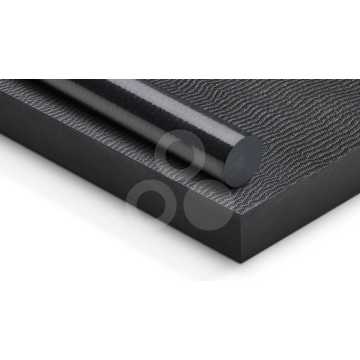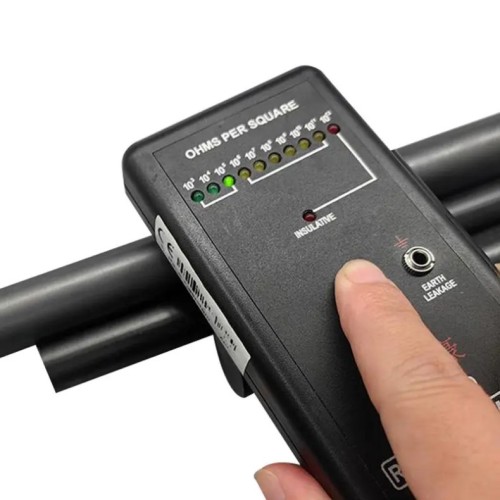
Antistatic Conductive PEEK sheet rod
- Min. Order:
- 1 Others
- Min. Order:
- 1 Others
- Transportation:
- Ocean, Land, Air, Express
- Port:
- Shenzhen, Guangzhou, Hongkong
Quantity:
Your message must be between 20 to 2000 characters
Contact NowBasic Info
Basic Info
| Supply Ability: | 1000 |
|---|---|
| Payment Type: | T/T,Paypal |
| Incoterm: | FOB,CFR,CIF,EXW,DDP,DDU |
| Transportation: | Ocean,Land,Air,Express |
| Port: | Shenzhen,Guangzhou,Hongkong |
Product Description
Product Description
Anti-static PEEK refers to an engineering plastic with anti-static properties, the full name is Polyetheretherketone (Polyetheretherketone, abbreviated as PEEK).PEEK is a high-performance thermoplastic polymer with excellent mechanical properties, high temperature resistance and chemical stability. For antistatic PEEK, its antistatic function is usually realized by adding conductive fillers or antistatic additives to the PEEK base. These additives can make the material conductive, effectively preventing the accumulation and discharge of static electricity, thus protecting electronic equipment from static damage. Antistatic PEEK is widely used in fields requiring high temperature resistance, chemical resistance and antistatic properties due to its excellent performance and antistatic properties. For example, in aerospace, electronic equipment, and semiconductor processing, anti-static PEEK is used in the manufacture of parts and assemblies to provide electrostatic protection to ensure equipment reliability and safety performance.
What is antistatic PEEK?
Anti-static PEEK is a type of polyether ether ketone (PEEK), a special engineering plastic with excellent properties such as high temperature resistance, self-lubrication, easy processing and high mechanical strength. Anti-static PEEK is through the addition of conductive carbon fibers, conductive carbon black, carbon nanotubes and other fillers to achieve anti-static effect, surface resistance can be controlled at 10 6-9 times Ohm, the appearance of black, widely used in anti-static products, electronic and electrical appliances, automotive aerospace and medical fields.
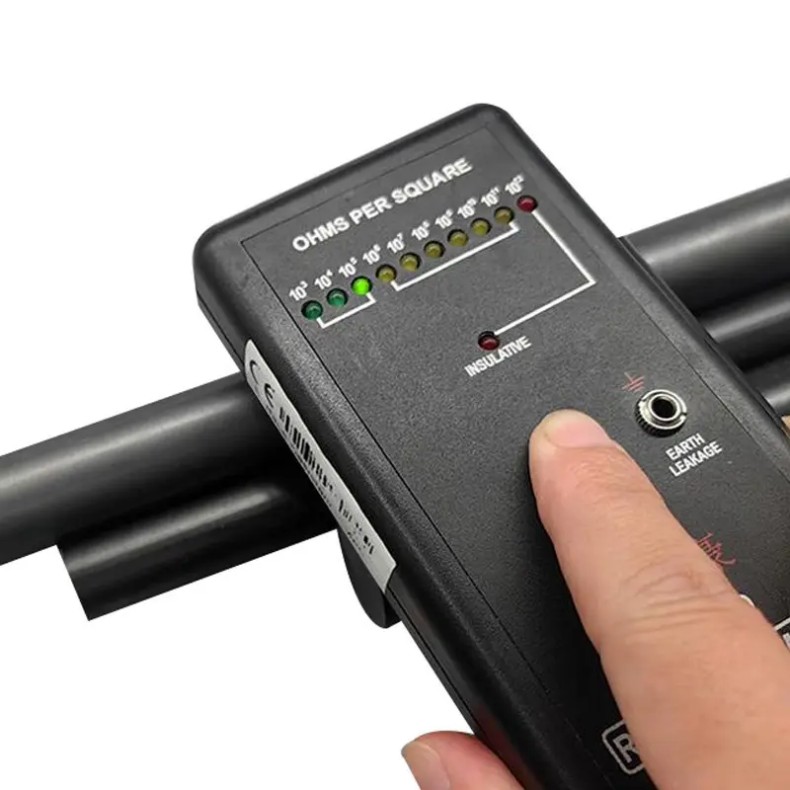
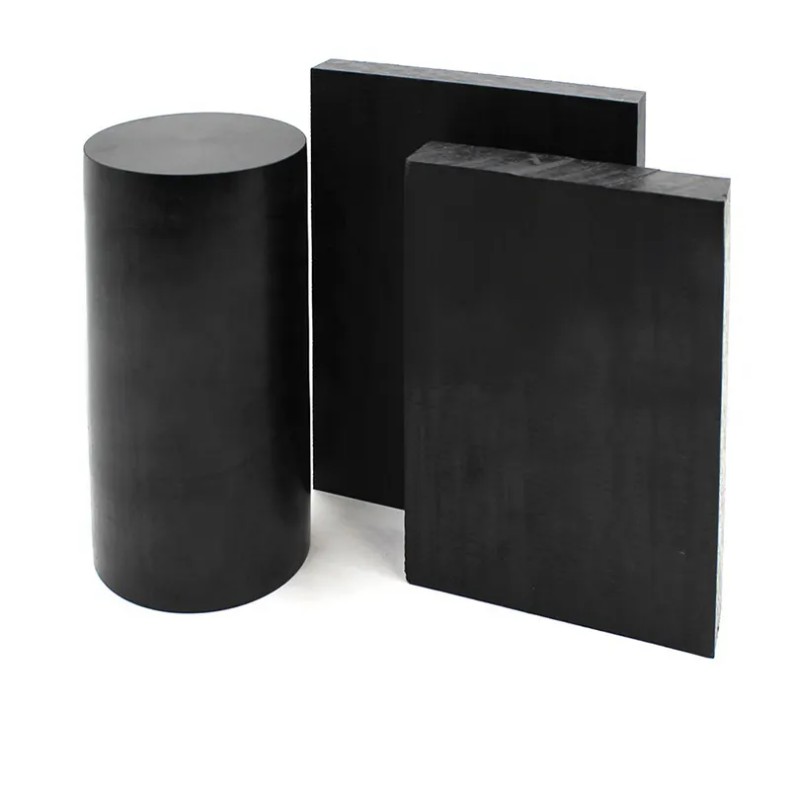
Can antistatic PEEK sheet be laminated with other materials (e.g. metals, ceramics)?
Antistatic PEEK sheet can be laminated with other materials (e.g. metals, ceramics) to meet the special needs of different applications. Through reasonable composite design, not only can improve the mechanical strength, high temperature resistance and wear resistance of the material, but also ensure its excellent anti-static properties, so that it can be more widely used in the manufacturing field.
In terms of composite with metal, anti-static PEEK sheet is often combined with aluminum alloy, stainless steel or titanium alloy and other materials to enhance structural stability and thermal conductivity. For example, in semiconductor manufacturing and mechanical fields, this composite structure can provide good anti-static effect while ensuring sufficient rigidity and durability. Composite methods usually include mechanical connection (e.g. bolting, riveting, etc.), adhesive bonding or co-extrusion molding, where mechanical connection is suitable for high-temperature environments, while adhesive bonding is more suitable for lightweight designs. In addition, through the metal plating process, a thin metal coating can be deposited on the surface of the antistatic PEEK sheet, so that it maintains the antistatic capability while improving electrical conductivity and wear resistance, suitable for electronic equipment housings, antistatic work surfaces and other applications.
In terms of composite with ceramics, anti-static PEEK sheet can be combined with alumina, silicon nitride or silicon carbide ceramics to take full advantage of the high hardness, wear resistance and high temperature resistance characteristics of ceramic materials, while retaining the toughness of PEEK to reduce the risk of brittle cracking of the material. Widely used in applications such as semiconductor manufacturing, optical equipment and high-precision sensor mounts, such composite structures are able to provide longer service life in bad environments. Common composite methods include high-performance adhesive bonding or special co-sintering processes to ensure a tight bond between the two materials and maintain long-term stability.
Through the use of composite with metals or ceramics, anti-static PEEK sheet can achieve complementary performance, both with excellent anti-static ability, but also in the strength, wear resistance and high temperature performance, making it suitable for aerospace, electronic packaging, medical devices and other industries. In practical applications, a reasonable choice of composite process and material matching is essential to ensure that the product can operate stably under different environmental conditions and meet the stringent requirements of specific industries.
Related Keywords
Related Keywords






